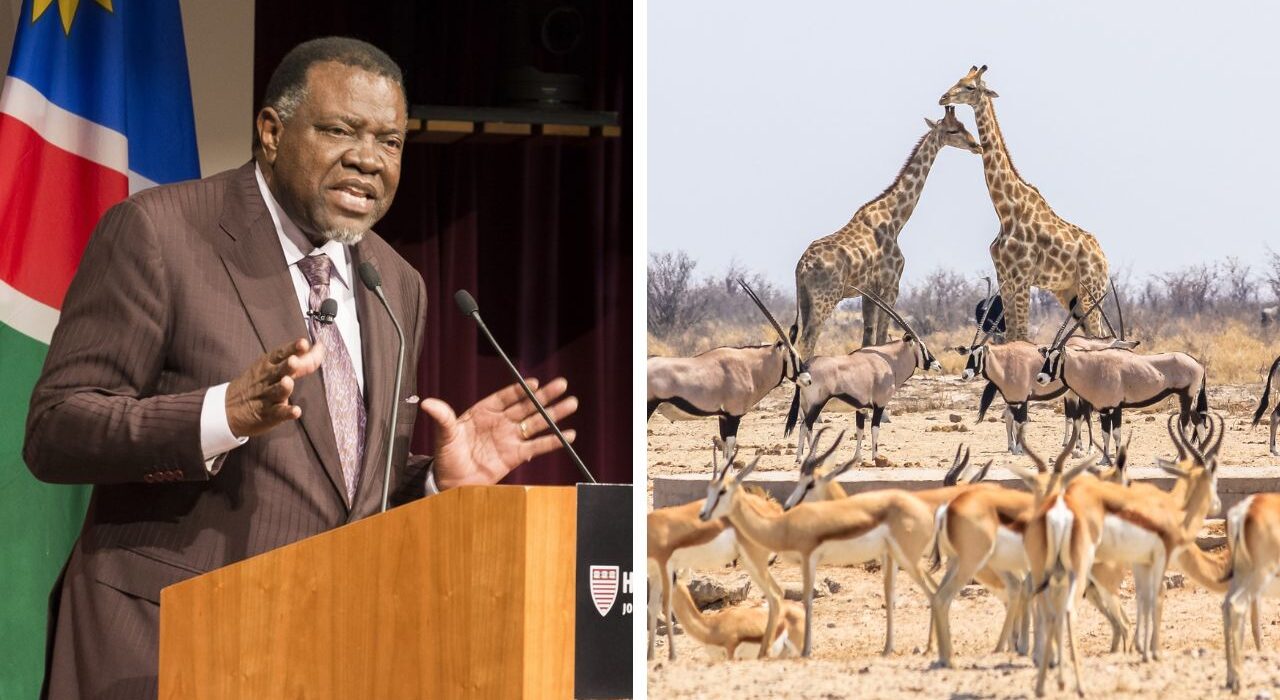Namibia, better known for its stunning landscapes and wildlife, is facing an unprecedented crisis. With the worst food drought in a century, millions of Namibians are left starving. In a bid to stabilize the most acute shortage of food, Namibia has decided to take a radical decision to kill more than 700 wild animals for the meat-starved population.
It started in October 2023 and has engulfed the whole of Southern Africa, leaving Namibia among the worst-hit countries. An estimated close to half of Namibia’s 2.5 million people are exposed to severe food insecurity. In a country that has been ravaged by both climate change and the El Niño weather phenomenon, widespread hunger and malnutrition have resulted, particularly among children.
The drought indeed gave a very serious blow to the economy of Namibia, dependent so much on agriculture and livestock. This provoked the government of Namibia to extreme measures. The environment ministry already collected 56,875 kg of meat from 157 wild animals. In total, about 723 more wild animals are planned to be killed to save the food shortage.
Animal rights groups show concern about the government’s decision to kill more than 700 wild animals
Visibly, it is a highly contentious decision. Animal rights groups and conservationists have raised concerns over what these killings portend for Namibia’s biodiversity in the long run. Critics argue that this could play negatively towards the country’s conversation mileage and prestige as one of the leaders in this field.
The UN has also expressed concern about the humanitarian crisis Namibia faces. The global body also emphasizes the urgent need for international intervention. Namibia has fallen prey to a rather harsh decision to kill more than 700 wild animals. Now, the world watches in scrutiny as it balances its people’s immediate needs and the long-term condition of its wildlife and environment.
Also, see: Who is the richest Indian actor? Shahrukh Khan is certainly not the answer!
